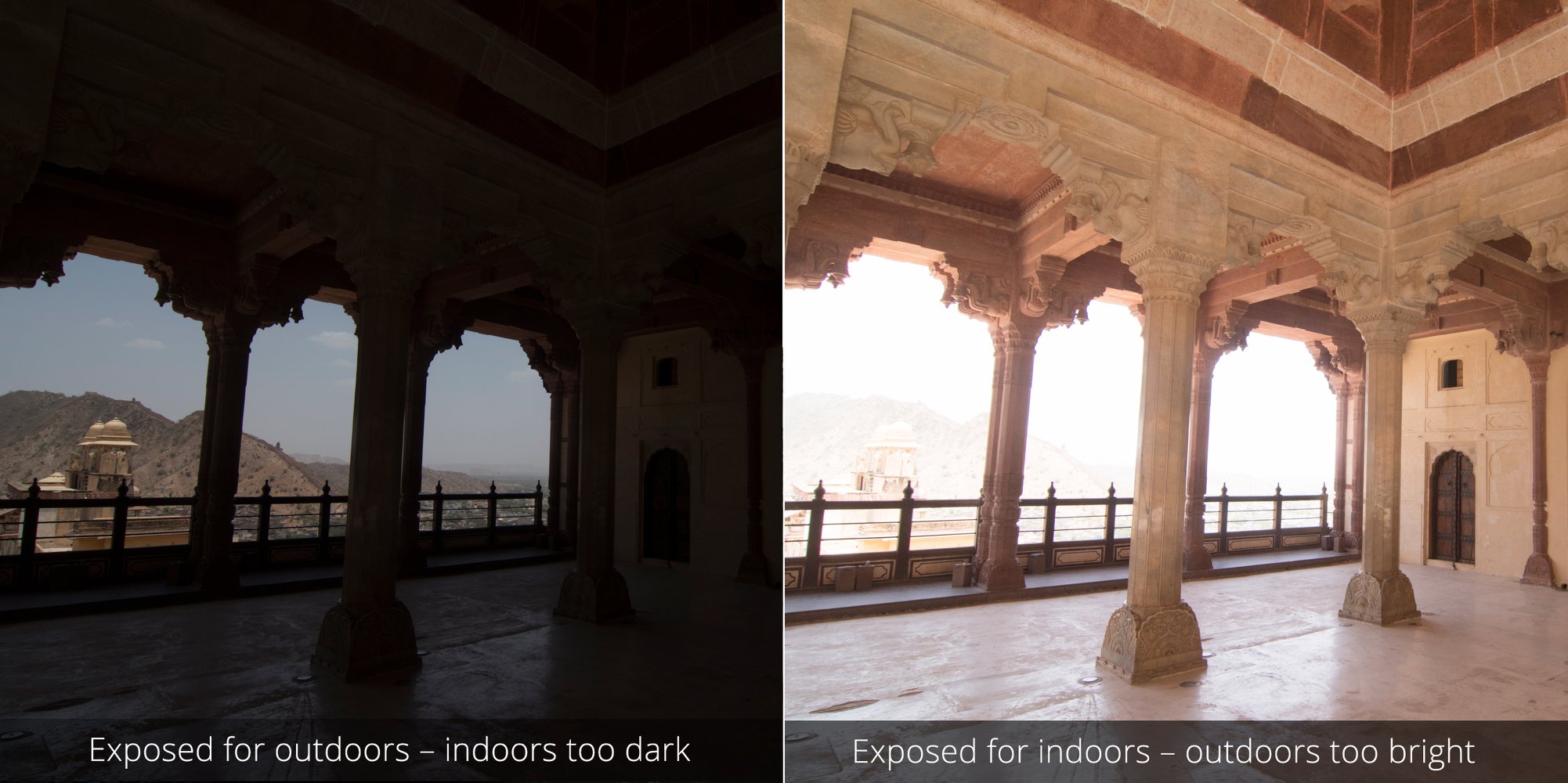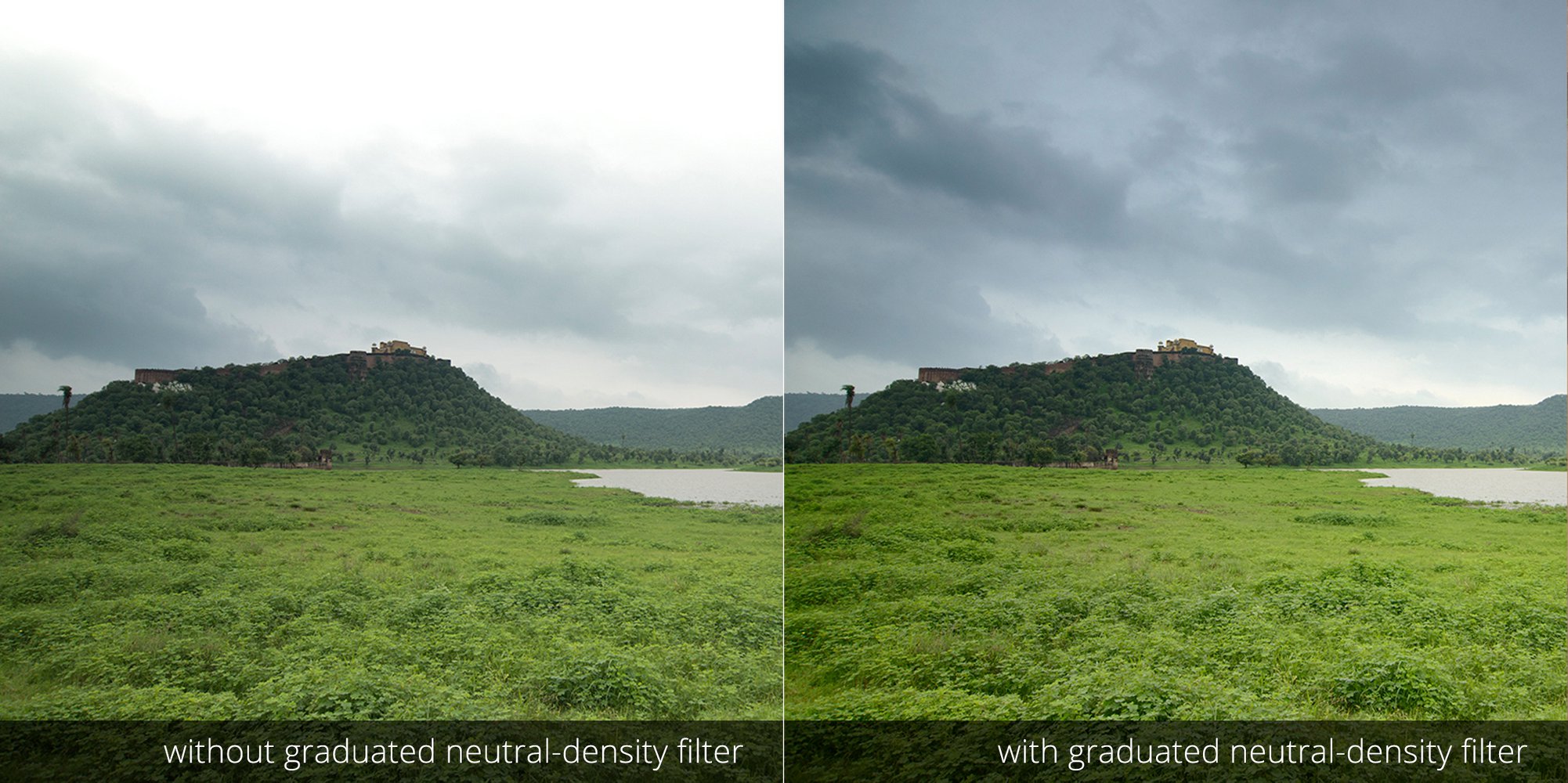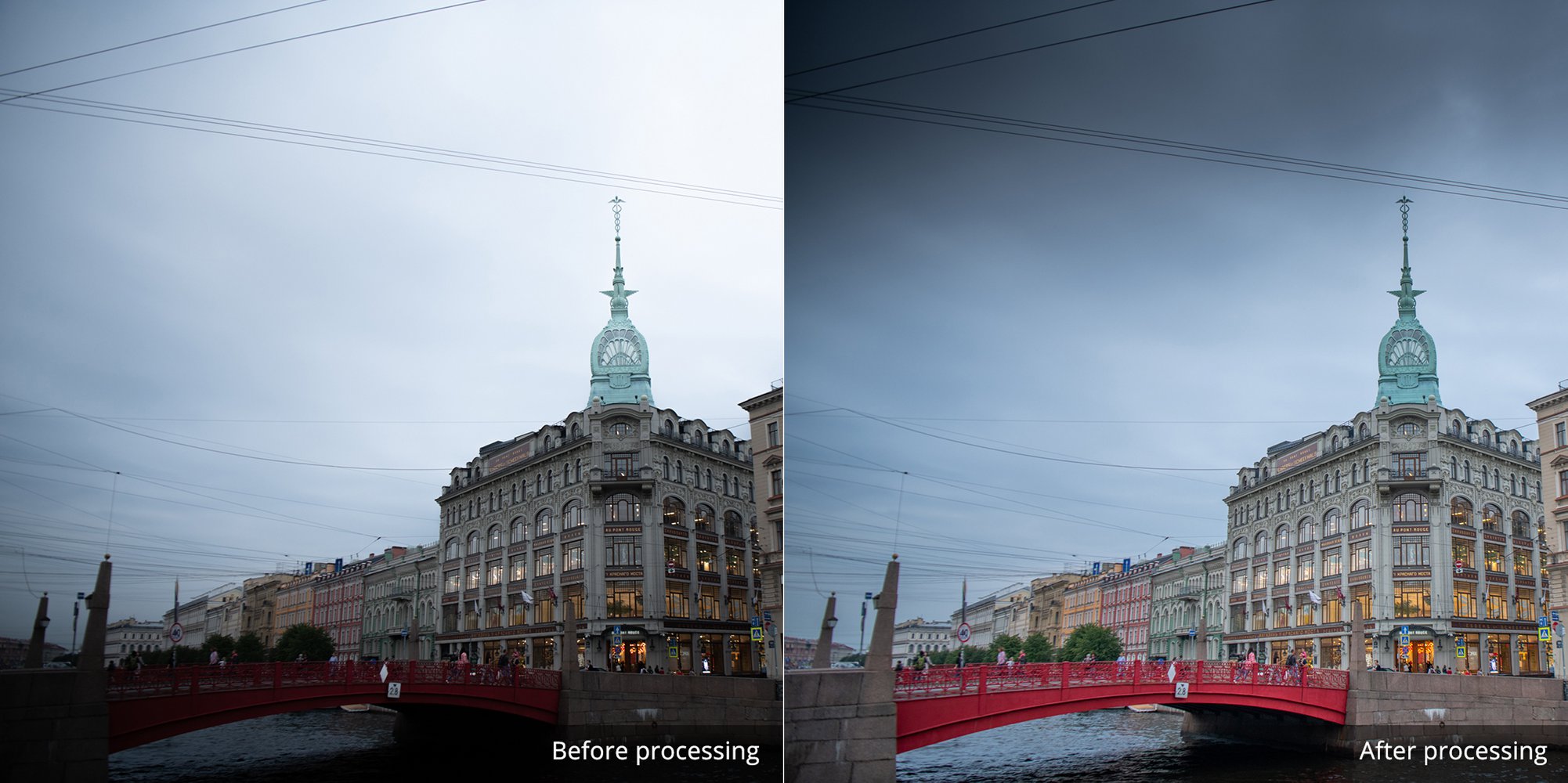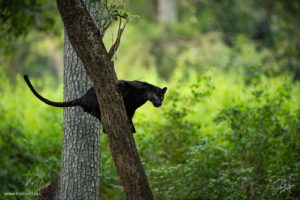Toecabulary is the comprehensive glossary of photography terminology and techniques. Every week, you get to learn a new term defined and depicted in stunning photographs and videos. Click here if you wish to refer to this Dictionary of Photography in its entirety, or, click here to read all our weekly Toecabulary posts that discuss various concepts of photography in great detail.
Have you ever wondered where the details of a dramatic sky you beheld with your eyes vanished when you made a photograph of it on a sunny day? Or wondered why the brighter parts of a frame are overexposed and the relatively darker parts are underexposed?

The eternal play of light and shadow in making the world visible to our naked eye is perceived differently by different cameras. The highlights and shadows are contained in what is called the ‘dynamic range’, and this week’s Toecabulary will elaborate the same through various photographs.

The dynamic range of the human eye is vast and is sensitive to the brightest luminance as well as the darkest areas of a scene. But a camera’s dynamic range is narrower than that of the human eye, which makes it lose details by either overexposing the brighter areas or underexposing the darker areas. So how do we retain these details? Watch this space for the various solutions.

One of the most effective ways to bring the excessively bright areas of a scene down to the dynamic range of the camera sensor is to use a graduated neutral-density (GND) filter. When the dynamic range limitation exists in linearity in a scene you want to photograph, i. e., when one half of the scene is much brighter, the GND filter can be used to overcome the limitation of the other half. In this case, because the sky is blown out, a GND is used to keep the sky in proper exposure while still keeping the grass correctly exposed.

Unlike the previous case, when the dynamic range limitation does not exist in linearity and it is inevitable that you make a photograph without using filters, the solution is to process the image after making it. The shadows of the image can be opened up and the highlights can be toned down during post-processing, thus keeping the entire image properly exposed.
But what do you do when single exposure doesn’t suffice? In some cases, when the shadows are brightened during post-processing, it can lead to loss of image quality. How do you overcome this challenge? Watch out for our next post to know more.
Interested in improving your skills?
Imparting photography knowledge that eventually increases our attention and love for various details of life on this planet is at the heart of everything we do at Toehold. If you are a photography enthusiast and are interested in learning photography methodically from our ace photographers, explore our Photography Workshops and other related courses at Toehold Academy, or if you want to harness your skills and get mentored by our team of extraordinary photographers on the field, in real-time on our Photography Tours to destinations across India and abroad, explore our Photography Travel offerings.
Learn Photography
We have a few online courses related to many aspects of photography like AF, Metering, Composition, and also courses based on a different genre of photography like wildlife, landscape, portrait photography, etc.




